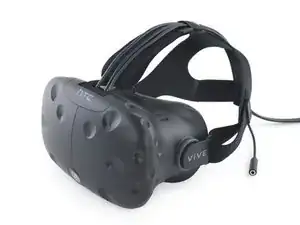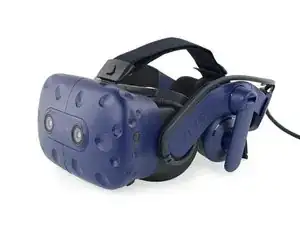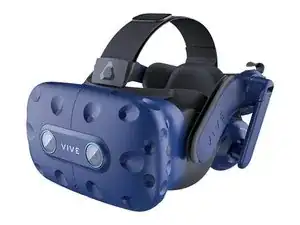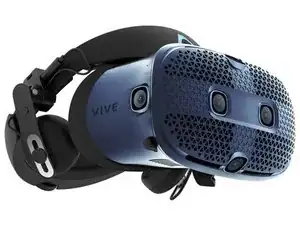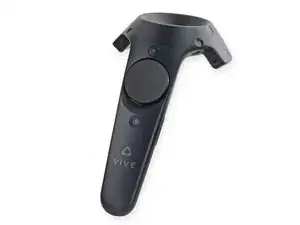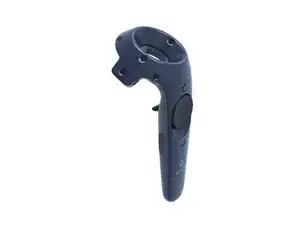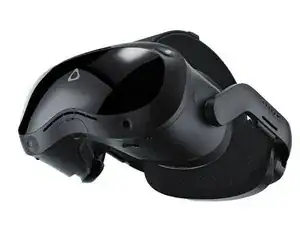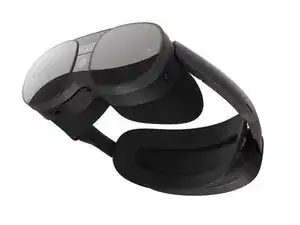Background and Identification
HTC Vive VR (virtual reality) hardware allows users to interact with virtual reality programs. Virtual reality consumer products originated in the 1990s. While VR was previously used for research and training purposes, the 1990s applied this technology to the gaming industry. Today, VR technology is commonly used for education and research purposes, as well as for video games and other forms of entertainment.
HTC’s Vive line of VR hardware first originated with prototypes in 2014. The first HTC Vive VR system was released to consumers in 2015. The Vive VR system included headsets, controllers, base stations, trackers, etc. Since the origination of this product in 2014, improvements have been made to both VR technology and the available VR games. In 2018, HTC released the HTC Vive Pro. This upgraded device had higher resolution displays (1440 x 1600), an additional camera, attachable headphones, a microphone, and a lighter overall design. HTC made another upgrade to the Vive VR line in 2019 with the HTC Vive Pro Eye. This upgraded VR system implemented eye-tracking technology, allowing for hands-free VR interaction. Eye-tracking technology also increased VR accessibility to those who couldn’t use standard VR controllers.
HTC Vive VR headsets are goggle-like in structure. The headset includes an encasing with display screens mounted in front of the user’s eyes. Vive VR headsets also have a head strap. Some models have built-in headphones and a microphone. Vive VR headsets are black or blue in color.

